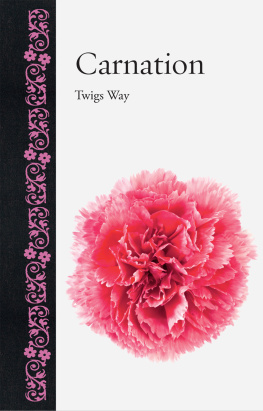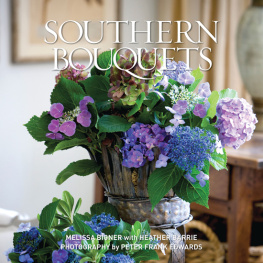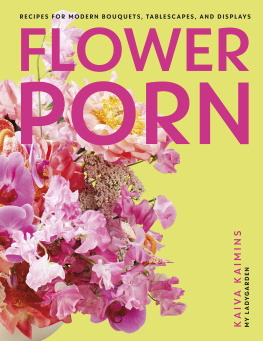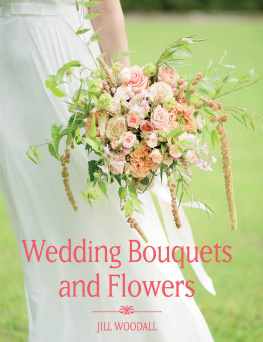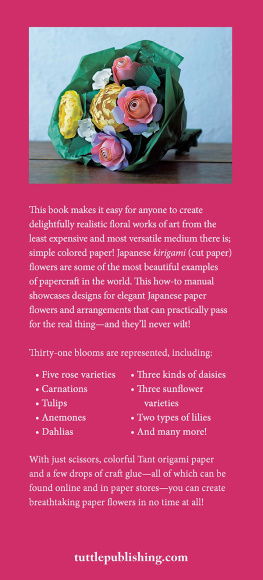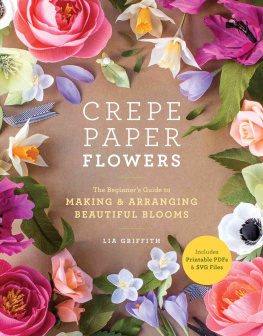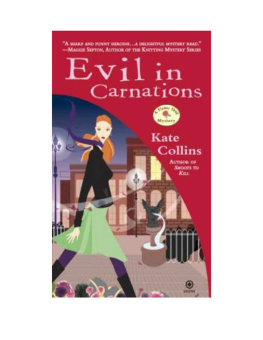CARNATION

Reaktions Botanical series is the first of its kind, integrating horticultural and botanical writing with a broader account of the cultural and social impact of trees, plants and flowers.
Published
Apple Marcia Reiss
Bamboo Susanne Lucas
Cannabis Chris Duvall
Carnation Twigs Way
Geranium Kasia Boddy
Grasses Stephen A. Harris
Lily Marcia Reiss
Oak Peter Young
Pine Laura Mason
Poppy Andrew Lack
Snowdrop Gail Harland
Weeds Nina Edwards
Willow Alison Syme
Yew Fred Hageneder
CARNATION

Twigs Way
REAKTION BOOKS
This book is dedicated to our very own Carnation, Lily, Lily, Rose
Published by
REAKTION BOOKS LTD
Unit 32, Waterside
4448 Wharf Road
London N1 7UX, UK
www.reaktionbooks.co.uk
First published 2016
Copyright Twigs Way 2016
All rights reserved
No part of this publication may be reproduced, stored in a retrieval system, or transmitted, in any form or by any means, electronic, mechanical, photocopying, recording or otherwise, without the prior permission of the publishers
Page references in the Photo Acknowledgements and
Index match the printed edition of this book.
Printed and bound in China by 1010 Printing International Ltd
A catalogue record for this book is available from the British Library
eISBN: 9781780236810
Contents


Dianthus caryophyllus, from the Florilegium of Alexander Marshal (c. 16201682).
one
The Divine Flower

What shall I say to the Queene of delight and of flowers, Carnations and Gilloflowers, whose bravery, variety and sweete smell joined together, tyeth every ones affection with great earnestnesse both to like and to have them?
JOHN PARKINSON, Paradisi in sole, paradisus terrestris (1629)
After women, flowers are the most divine creations.
CHRISTIAN DIOR, couturier and perfumier
I t all starts with a name: Dios anthus: Dios from the Greek for Zeus, the chief god of the Olympians, and anthos from flower. Thus flower of god. The philosopher and naturalist Theophrastus (c. 371288 BC), known as the Father of Botany, was the first to describe and name the plant, setting it on its journey through time and space. Why the Greeks should have chosen the small wild carnation above all other flowers upon which to bestow divinity can only be guessed, but the name stuck with only very slight alteration to create the Latin nomenclature of Dianthus. After that the continuity of naming is rather spoilt by the fact that no one knows for certain exactly which of the many wild pink coloured flowers of the dianthus family the Greeks had originally been referring to. In fact over three hundred species of plants are now known to inhabit this blessed genus, ranging from the tiny Alpine pinks of central Europe to the tall exuberant Dianthus superbus that spreads its deeply cut petals from Norway to Japan. The wild carnation most likely to have been Given its natural blooming period of June to August it would have been easy to overlook the delicate, scentless plant and its single bloom in favour of the more boisterous and taller flowers of the summer months.
Mythology links the carnation not just to the Greek god Zeus but to the Roman goddess Diana, the goddess of the hunt and daughter of Zeus Roman equivalent Jupiter. Taking human form to visit earth one day, as all gods and goddesses traditionally did, Diana is said to have come upon a shepherd boy and taken a liking to him. However, the youth turned down her advances, never a wise thing to do to a woman or a goddess, and in retaliation Diana ripped out his eyes and threw them to the ground. The eyes immediately sprouted and flowered and became the first Dianthus, which slightly puts one off the otherwise attractive flower.
The true carnation (Dianthus caryophyllus), which is so familiar in our gardens and glasshouses, owes its second name to the spicy clove, the Caryophyllus aromaticus which so many of the carnation family imitate in their scent. Cary refers to the nut of the clove plant, although to clear up any confusion with the carnation Dianthus caryophyllus, botanists have carefully reclassified the clove plant first as Eugenia aromatica and then as Syzygium aromaticum, leaving the carnation somewhat bereft.
Our earliest image of the dianthus of classical times comes from the ill-fated Roman town of Pompeii where a single flowered wild carnation (most likely Dianthus sylvestris) was depicted in a fresco. Topped by a goldfinch who is shown bending the slender stalk, the painting decorated the wall of what is now known as The House of the Faun. The fragile image survived the devastation and destruction of the Vesuvian eruption of AD 79 but was sadly lost to the vagaries of the weather after being uncovered and recorded by archaeologists centuries later.preserved the fresco, had devoted much of his life to natural science and botany, producing a 37-volume work called Natural History. In it he described a pink or carnation known in southern Spain, referring to it by the name of Cantabrica, thereby adding confusion to the origins and naming of the flower when it came to be considered by sixteenth-century herbalists.
Sydenham Teast Edwards, Dianthus caryophyllus, Wheatear carnation, 1813, watercolour. | 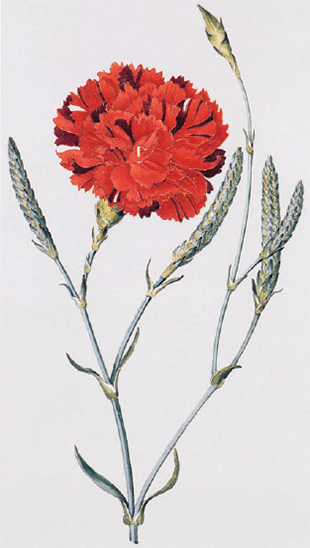
|
Spreading through Europe and Turkey with the crusaders of the Holy War, the wild carnation, or clove pink, made its home in the walls of French and English castles. The plant lover Henry Nicholson
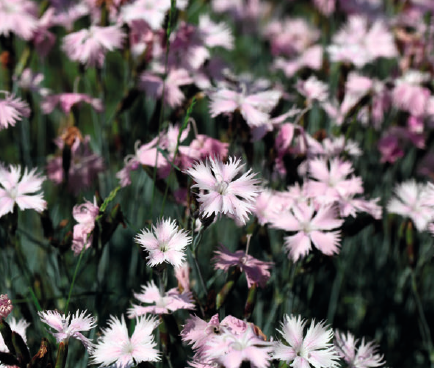
The Cheddar pink, Dianthus gratianopolitanus.
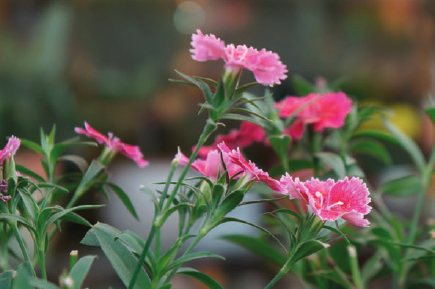
Grey-green foliage is a distinctive feature of the carnation and pink.
Tracing the path of the dianthus through Europe is fraught with difficulties because early botanists invented new names for the same plant and gave the same name to different species. In 1597 John Gerard attempted to trace the diverse pinks through the pages of previous herbalists, listing it as being identified as Cantabrica and Stactice by Pliny the Elder and William Turner (15081568), Vetonica altera and Vetonica altilis according to Rembert Dodoens in his herbal of 1554, and Superba by Gerards friend Matthew LObel. To add to the muddle, the carnation, which by the late sixteenth century was clearly differentiated from the pink, had according to Gerard been confused with it by some earlier writers. His contemporaries knew it as the

